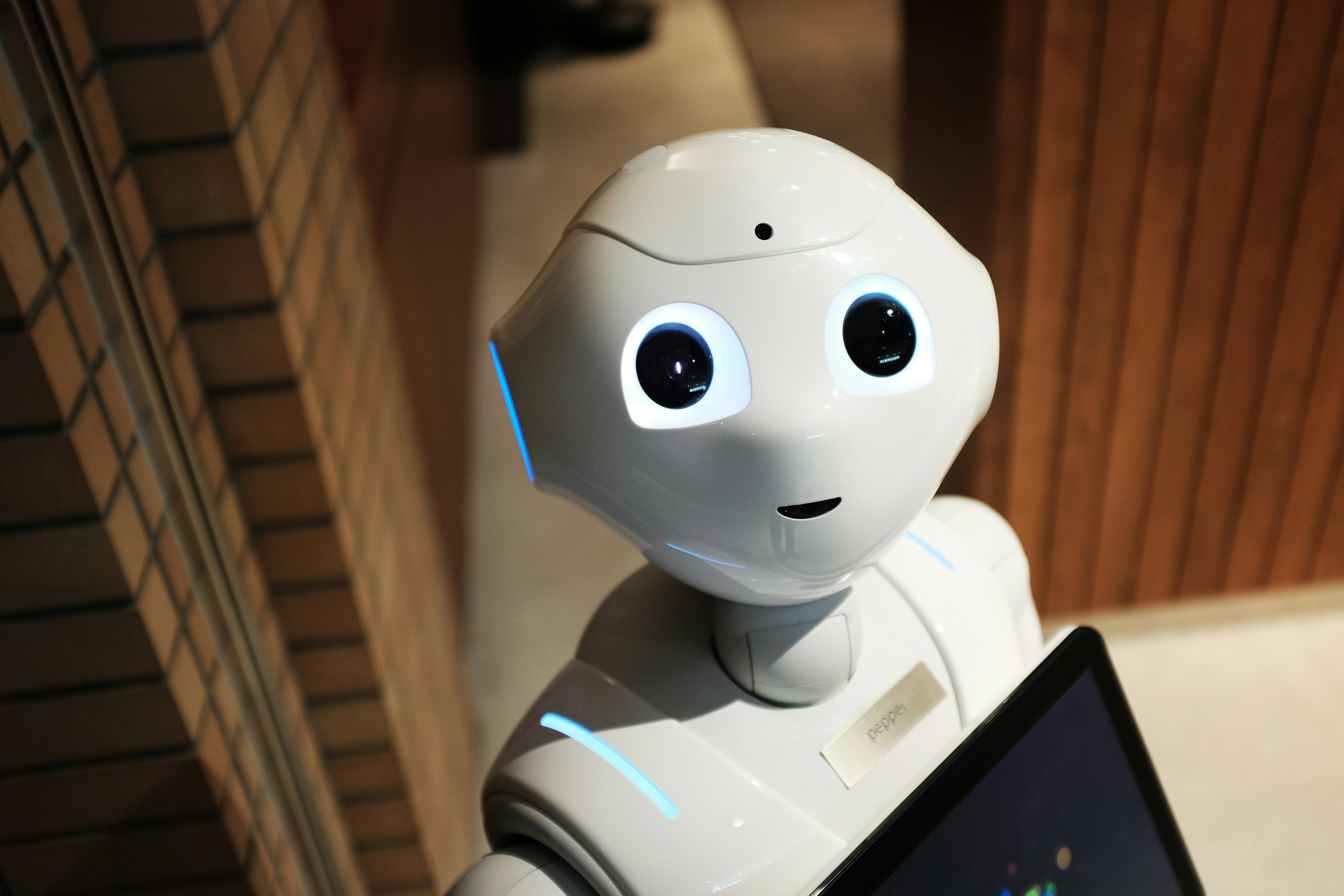The Impact of Technology on the Workplace: How Technology is Changing
AWARENESS
Content

The Impact of Technology on the Workplace: How Technology is Changing
June 20, 2024
In the ever-evolving landscape of modern business, technology stands out as a dynamic force of change. Its influence permeates every facet of the workplace, from communication and collaboration to automation and beyond. The impact of technology has reshaped not just how businesses operate, but also how they compete and succeed in the global marketplace. Here’s a deep dive into the significant ways technology is transforming the workplace.
Enhanced Communication and Collaboration
One of the most immediate impacts of technology has been on the ways in which employees communicate and collaborate. Tools like Slack, Microsoft Teams, and Zoom have transformed interactions both within offices and across global operations. These platforms allow teams to maintain real-time communication, share files instantly, and manage projects seamlessly, irrespective of geographical boundaries.
The rise of these tools became particularly evident during the COVID-19 pandemic, which necessitated a swift transition to remote working environments. The successful shift demonstrated that with the right technological tools, teams could remain productive and focused even when not physically together.
Automation and Efficiency
Automation technology, driven by AI and machine learning, is another transformative factor. Routine tasks such as data entry, scheduling, and even complex processes like supply chain management and customer service can now be automated. This shift has led to higher efficiency and accuracy, freeing up human workers to focus on more strategic and creative tasks.
For example, AI-powered chatbots can handle thousands of customer queries simultaneously, providing instant responses that are increasingly difficult to distinguish from those of human service representatives. Similarly, robotic process automation (RPA) is being used to streamline administrative and back-office functions, significantly reducing the time spent on repetitive tasks.
"’The value of AI in the workplace goes beyond automation. It is about augmenting human intelligence, enabling workers to make better decisions, and fostering a culture of innovation and creative problem-solving."
- Yoshua Bengio, Co-Founder of Element AI and Professor at the University of Montreal.
Data-Driven Decision Making
The availability of big data and advanced analytics tools has empowered businesses to make informed decisions quickly. Technologies such as predictive analytics and business intelligence applications help businesses understand market trends, consumer behavior, and internal operations at a granular level. This ability to rapidly analyze and act on data is crucial in a competitive business environment where agility and informed decision-making can determine market leadership.
Workplace Flexibility and Dynamics
Technology has also fundamentally altered workplace dynamics by supporting a more flexible work environment. With the advent of cloud computing, employees can access work-related files and systems from anywhere, at any time. This flexibility has been instrumental in supporting work-from-home models, freelancing, and digital nomad lifestyles, which are becoming increasingly popular among millennials and Gen Z workers.
The normalization of these flexible working arrangements has not only helped businesses reduce overhead costs but also widened their talent pool, allowing them to hire the best candidates regardless of geographical location.
Challenges and Considerations
While the benefits are significant, the rapid integration of technology in the workplace also presents challenges. Privacy and security concerns are at the forefront, as increased digital communication and data storage necessitate robust cybersecurity measures. Additionally, there's an ongoing debate about the social impact of automation and AI, particularly concerning job displacement.
Furthermore, the human aspect of work—such as mentorship, company culture, and informal learning opportunities—can be diluted when interactions become predominantly digital. Companies must strive to balance technological integration with efforts to preserve and promote a cohesive and supportive work culture.
Conclusion
As we look to the future, technology will undoubtedly continue to reshape the workplace in new and profound ways. The key for businesses will be not only to adopt new technologies but also to strategically integrate them in ways that enhance productivity and innovation while maintaining an engaged and motivated workforce.
In this rapidly changing environment, the most successful companies will be those that not only leverage technology to improve their operations but also navigate the complex social dynamics it influences within the workplace. As we continue to witness technology's growing impact, it becomes clear that the future of work will be largely determined by how well we understand and manage this powerful tool.

